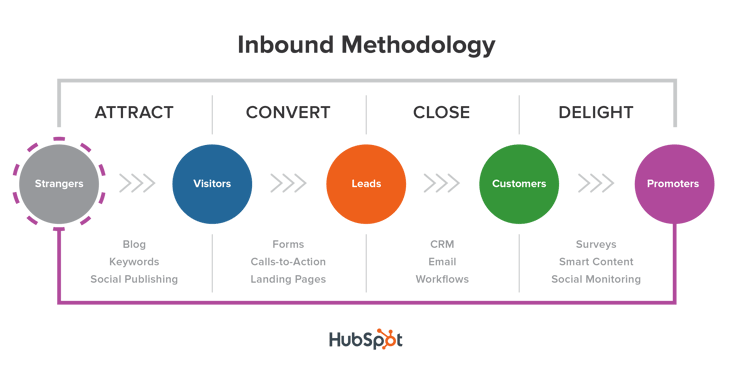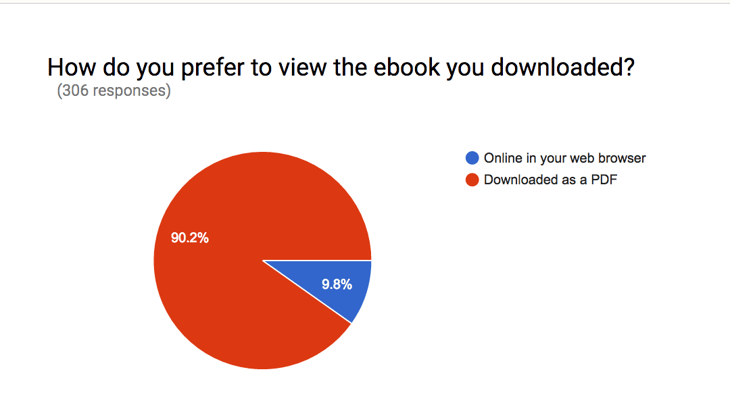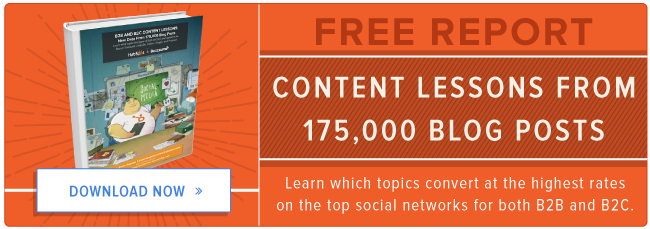
I don't know about you, but I barely print anything anymore.
Seriously, think about it -- when's the last time you had to type Command + P and print out a document? Between e-tickets, virtual payment options, and online signature tools, I think the last thing I printed out was the lease for my apartment.
So you can imagine my surprise when HubSpot's audience started telling us they still like to print out our ebooks -- which are often 20 or 30 pages in length -- instead of viewing them on a web page.
In 2017 -- during the era of self-driving cars, augmented and virtual reality, and artificial intelligence -- our team here at HubSpot is constantly striving to test and implement the most modern techniques for content creation to provide cool, useful resources for our audience. But as it turns out, our perceptions of what our audience actually values when they download out content were a little ... off.
In this post, I'll dive into our hypothesis, how we tested it, and what we're learning about our audience -- and how they actually like to consume our content.
What We Do
I work on HubSpot's Marketing Acquisition team creating content offers -- such as our downloadable ebooks, guides, and templates -- that our audience exchanges their contact information for in order to download them.
If you're familiar with the inbound marketing methodology we've been teaching here at HubSpot for more than 10 years, I operate in the "Convert" stage of the process of helping new people discover and learn about HubSpot:

When a person happens upon HubSpot for the first time online -- via a blog post like this one, through social media, or by conducting a Google search -- they might see a bold, brightly-colored call-to-action (CTA) encouraging them to learn more about a particular topic or product.
And in order to get that information -- from an ebook, a guide, a template, a webinar, or an event -- the person has to hand over their contact information. This ensures they can receive an emailed version of the content offer or event registration, and it also converts them from a visitor into a lead.
My job is to create content that visitors are so interested in learning more about that they exchange their phone number, email address, and professional background information. And to make sure we keep converting visitors into leads for the health of HubSpot's business, I make sure that ebooks, guides, and events are helpful, fascinating, and ultimately educate our audience on how to do inbound marketing.
What We Wondered
For the most part, my team's job has entailed creating PDFs that visitors can download once they submit a form with their contact information.
More specifically, this has meant creating a lot of PDFs.
And although people were filling out forms and downloading our content offers, we started wondering if we should offer them something different -- something more cutting-edge -- than a file format created back in 1993. And we wondered if changing the format of our content offers would change conversion rates, too.
We decided to run a survey -- and a little test.
We wanted to know if our core persona who we marketed these content offers to still liked PDFs and found them useful. So, how else would we find out than by creating an offer?
I created two different version of the same content offer -- one in PDF format, and one in web page format. Then, once someone downloaded the offer, we sent them a thank-you email, and we asked them which format they preferred, and why.
What We Learned
More than 3,000 individuals submitted their information to access the offer, and roughly 9% responded to our question, which gave us more than 300 responses to learn from.
And much to our surprise, 90% of the respondents preferred downloading a PDF to reading our content on a web page.

We gleaned a ton of valuable information about our core audience from this survey, and the qualitative feedback was incredibly helpful, too. Our key takeaways about format preferences were:
-
Our core persona likes to print offers.
-
People viewing our content want to be able to download it and come back to it later.
-
People don't think our web page offers look as good as PDFs.
-
Some people are potentially defaulting to the format they know best.
- People liked having both print and online versions.
It's incredibly helpful to learn what's going on behind the decisions and choices our audience makes to inform future strategy when it comes to content creation. But this information leaves us with a challenge, too: How do we get our audience excited about content living on interactive web pages, too?
Content living on web pages can be crawled by Google to improve websites' domain authority (and SEO superpowers) -- and PDFs can't be. So we're making it our mission to keep offering our audience different options for consuming content the way they want to -- while innovating and testing new ways to offer content our core persona is just as excited about in a web-based format.
I'll be back with more details about that next experiment, but in the meantime, download one of our latest content offers, and let us know if you like the format in the comments.
What's your opinion? PDF or web page? Share with us what you learned in the comments below.
from HubSpot Marketing Blog https://blog.hubspot.com/marketing/pdf-preferences-experiment

No comments:
Post a Comment